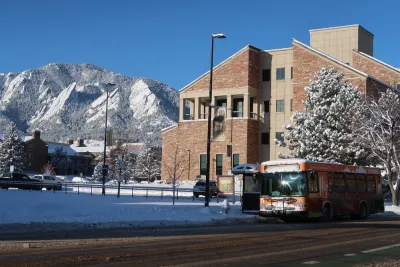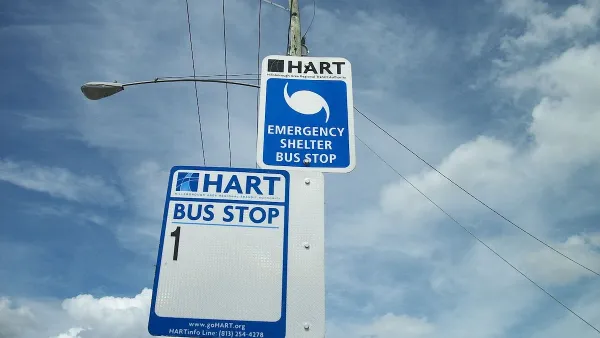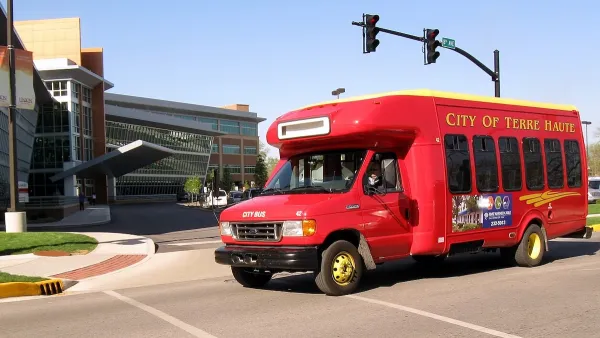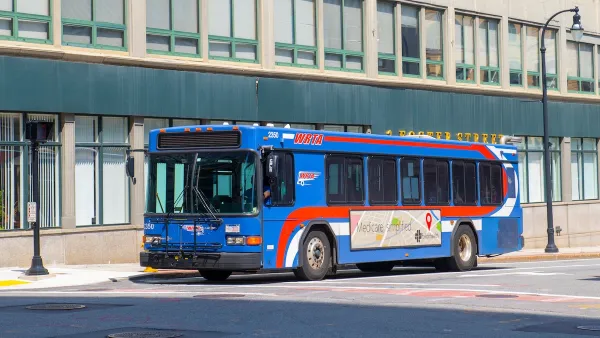Many local transit agencies that took advantage of a state program that funded free fares throughout August have seen increased ridership even beyond the program’s end.

Colorado’s month-long experiment with fare-free transit could have lasting impacts, writes Olivia Prentzel in the Colorado Sun, as many transit agencies around the state are seeing sustained ridership numbers after the program ended. The state offered $28 million in grants to agencies that made transit free in August as an effort to reduce air pollution at the time of year with the highest ozone emissions.
While ridership numbers dipped after the no-fare promotion ended, at least nine of the 14 public transit agencies that participated in the Zero Fare for Better Air program saw more riders in September compared with July, including the Regional Transportation District — which saw a 14% increase in its average weekday ridership from July to September, according to the agency’s final report on the program submitted to the state Wednesday.
As the article notes, “Drawing conclusions from the one-month pilot is challenging, as numbers can be influenced by the start of the school year and large scheduled events, like the Colorado Avalanche games during the NHL playoffs and the Stanley Cup championship parade.” The state is still weighing how to spend remaining funds and whether to renew the program next year.
FULL STORY: Public transit was free for many Coloradans in August. When fares returned, many riders stayed, data shows.

National Parks Layoffs Will Cause Communities to Lose Billions
Thousands of essential park workers were laid off this week, just before the busy spring break season.

Retro-silient?: America’s First “Eco-burb,” The Woodlands Turns 50
A master-planned community north of Houston offers lessons on green infrastructure and resilient design, but falls short of its founder’s lofty affordability and walkability goals.

Delivering for America Plan Will Downgrade Mail Service in at Least 49.5 Percent of Zip Codes
Republican and Democrat lawmakers criticize the plan for its disproportionate negative impact on rural communities.

Test News Post 1
This is a summary

Test News Headline 46
Test for the image on the front page.

Balancing Bombs and Butterflies: How the National Guard Protects a Rare Species
The National Guard at Fort Indiantown Gap uses GIS technology and land management strategies to balance military training with conservation efforts, ensuring the survival of the rare eastern regal fritillary butterfly.
Urban Design for Planners 1: Software Tools
This six-course series explores essential urban design concepts using open source software and equips planners with the tools they need to participate fully in the urban design process.
Planning for Universal Design
Learn the tools for implementing Universal Design in planning regulations.
EMC Planning Group, Inc.
Planetizen
Planetizen
Mpact (formerly Rail~Volution)
Great Falls Development Authority, Inc.
HUDs Office of Policy Development and Research
NYU Wagner Graduate School of Public Service





























